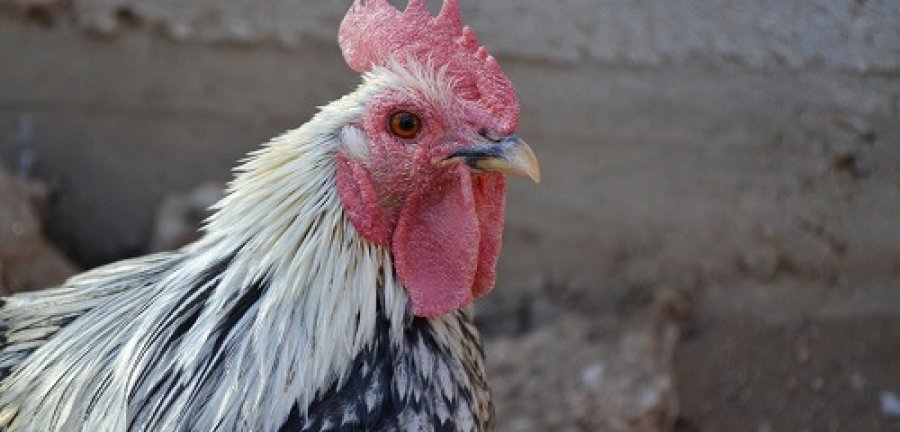“Airplane Crashes: 114 People Killed.” “Torrential Rains Flood Missouri Towns: Families Evacuated.” “Pileup on Interstate: 84 Persons Dead, 13 Injured.”
Hey! What about animals? How many of them died or were injured? What happened to them?
I expect that all of us—certainly those who read the PETA Prime blogs—have the same questions when we see headlines like these on our social media or news feeds or television news or in newspapers. Rarely do we get answers. It’s a telling indication of how little animals are valued by the institutions of business, state, and media.
During much of my lifetime, reports of disasters—nuclear, seismic, battlefront, or industrial—were reckoned solely in terms of the loss of people and property. In recent decades, chroniclers began taking note of the environmental consequences only when the environmental movement made its collective voice heard.
Oh, sure, there are “human-interest” stories about puppies lost or found and cats stranded in trees. There are also reports of mistreated dogs and cats or a lion who has been lured from a sanctuary only to be killed and stuffed as a trophy that stimulate brief outrage, yet such stories are often considered “fluff,” and reporters often make jokes about chickens “crossing the road” in the aftermath of even the most horrific chicken truck accidents.
The economic power of factory farms, marine parks, circuses, and laboratories must not be underestimated. Don’t expect your local TV station or newspaper to cover stories like farm abuse and weird experiments on animals. They rarely will, at least not unless there’s some sort of gimmick attached (cue PETA’s “Lettuce Ladies”).
Until media outlets realize that there are hundreds—and probably thousands, perhaps tens of thousands—of people among their readers, listeners, and viewers who want to know what happened to the hundreds of chickens who were trapped in cages when a truck overturned on a highway and caught fire, those nonhuman casualties will not make it into their reportage. The same is true for what happened to the cats, dogs, rabbits, and hamsters who were left behind when the families were evacuated during a hurricane. Were their animal companions also saved, or were they left behind to drown in the floodwaters? How many animals were stuck in the baggage compartment of the airplane when it crashed? Did any survive?
So we, who speak out for animals, have a job to do. In the old days, we had to walk house to house to ask neighbors, some of whom we didn’t know, to sign petitions. Now, all we have to do is send an e-mail to friends or create an online petition. Social media is a quick and easy way to engage people and encourage them to join us in writing to newspaper editors, television, and radio news producers, even reporters and news show hosts. And don’t neglect to share, pin, like, tweet, yelp, comment, or use whatever button is available to send your approval (or disapproval and why).
Once media outlets appreciate that a significant portion of their audience is concerned with the fate of nonhuman animals as well as human, they will be encouraged to cover more investigations of slaughterhouse horrors, cruelty on factory farms, sales of “surplus”‘ animals by zoos, cruel experiments, canned hunting, and other animal rights issues.
If you contact a news outlet, don’t be discouraged if you don’t see immediate results. Keep trying. Over time, as editors and producers hear from more and more people, they will realize that a substantial segment of their audience, upon whom they depend for good ratings, cares about animal issues.
Remember: Always be polite when you’re trying to win over a reporter or blogger. Appeal to their professional integrity by explaining that you feel that the animals’ side of the story deserves to be told, too.
Come on—start the process by contacting your local TV station and newspaper. And don’t give up!
Written by long-time PETA member and show business historian and author Frank Cullen.





